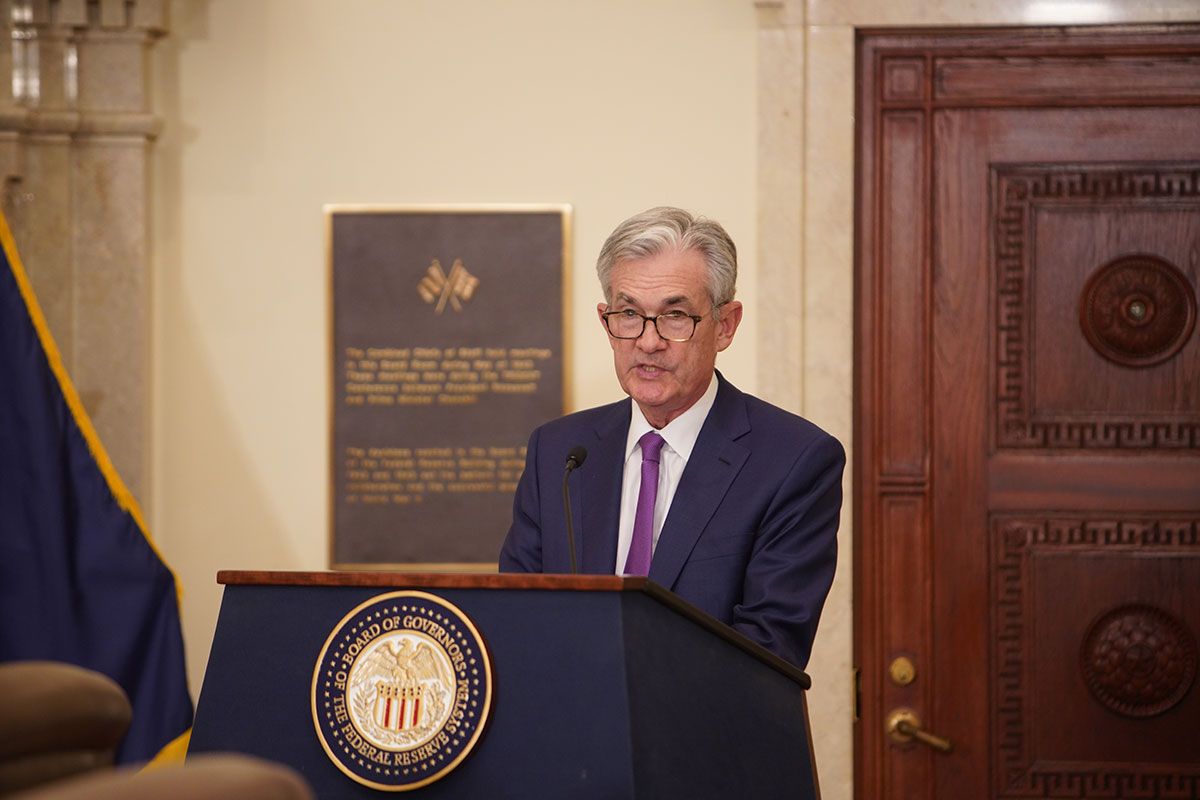Where Will Brookfield Asset Management Be in 5 Years?

Key Points
Brookfield Asset Management is a large Canadian asset manager.
The company has a long history of investing in global infrastructure.
Brookfield Asset Management is looking to grow in a very big way, including massive dividend growth as a key part of the plan.
Brookfield Asset Management (NYSE: BAM) isn't a household name in the United States. That makes sense given that it is a Canadian company. However, if management can live up to its goals, that could change in the next five years. Here's why, and why you might want to jump aboard Brookfield Asset Management's big growth plan.
What does Brookfield Asset Management do?
Brookfield Asset Management is, as its name indicates, an asset manager. That basically means that it collects money from others and invests that cash on their behalf. It doesn't do this out of the kindness of its heart, it charges fees based on the amount of cash it is managing.
Where to invest $1,000 right now? Our analyst team just revealed what they believe are the 10 best stocks to buy right now. Learn More »

Image source: Getty Images.
For most asset managers, the key figure to watch is assets under management (AUM). However, Brookfield Asset Management handles a significant amount of its own money. So it reports fee-bearing capital, which is the key number to watch when you consider the company's income-generating ability and its growth.
Regardless of whether you look at AUM or fee-bearing capital, there are two factors to consider. First, the amount of money Brookfield Asset Management oversees can grow because new capital is invested (or it buys smaller competitors). Second, assets can expand because the market is rising and increasing the value of the capital it is already managing. Both can also work in reverse, of course. However, the bigger impact will almost always come from the impact of bull and bear markets.
Brookfield Asset Management is focused on five asset categories: renewable power, infrastructure, real estate, private equity, and credit. These are all positioned to benefit from growth trends that management has targeted, including digitization, decarbonization, and deglobalization. This is where the story starts to get interesting.
Brookfield Asset Management has big growth plans
At the end of the second quarter Brookfield Asset Management had roughly $1 trillion in AUM and $560 billion in fee-bearing capital. The second figure is the most important, as noted above. The company's goal is to increase its fee-bearing capital to $1.1 trillion by the end of 2029. So, in roughly five years or so, Brookfield Asset Management's revenue-earning ability will roughly double if things go according to plan.
The increase in fee-bearing capital is expected to result in fee-related earnings growth of 17% a year, annualized. That's a huge number that is expected to support dividend growth of around 15% a year. If that growth comes to pass, the dividend will roughly double in size in five years. If you are a dividend growth investor, that should sound very enticing.
However, you also have to add in the not-so-minor fact that Brookfield Asset Management's current dividend yield is nearly 2.9%. That's more than twice the S&P 500 index's (SNPINDEX: ^GSPC) tiny 1.2% yield. So if you like income, you will also find Brookfield Asset Management appealing. Growth and income in one investment is a powerful combination.
Brookfield Asset Management will be bigger
Basically, the big goal for Brookfield Asset Management over the next five years is to get bigger in multiple different ways. The core focus is growing its fee-bearing capital, but that will trickle down into earnings growth and dividend growth. And that will likely make this Canadian asset management shop attractive to a wide array of investors.
Should you invest $1,000 in Brookfield Asset Management right now?
Before you buy stock in Brookfield Asset Management, consider this:
The Motley Fool Stock Advisor analyst team just identified what they believe are the 10 best stocks for investors to buy now… and Brookfield Asset Management wasn’t one of them. The 10 stocks that made the cut could produce monster returns in the coming years.
Consider when Netflix made this list on December 17, 2004... if you invested $1,000 at the time of our recommendation, you’d have $650,499!* Or when Nvidia made this list on April 15, 2005... if you invested $1,000 at the time of our recommendation, you’d have $1,072,543!*
Now, it’s worth noting Stock Advisor’s total average return is 1,045% — a market-crushing outperformance compared to 182% for the S&P 500. Don’t miss out on the latest top 10 list, available when you join Stock Advisor.
*Stock Advisor returns as of August 18, 2025
Reuben Gregg Brewer has no position in any of the stocks mentioned. The Motley Fool recommends Brookfield Asset Management. The Motley Fool has a disclosure policy.





